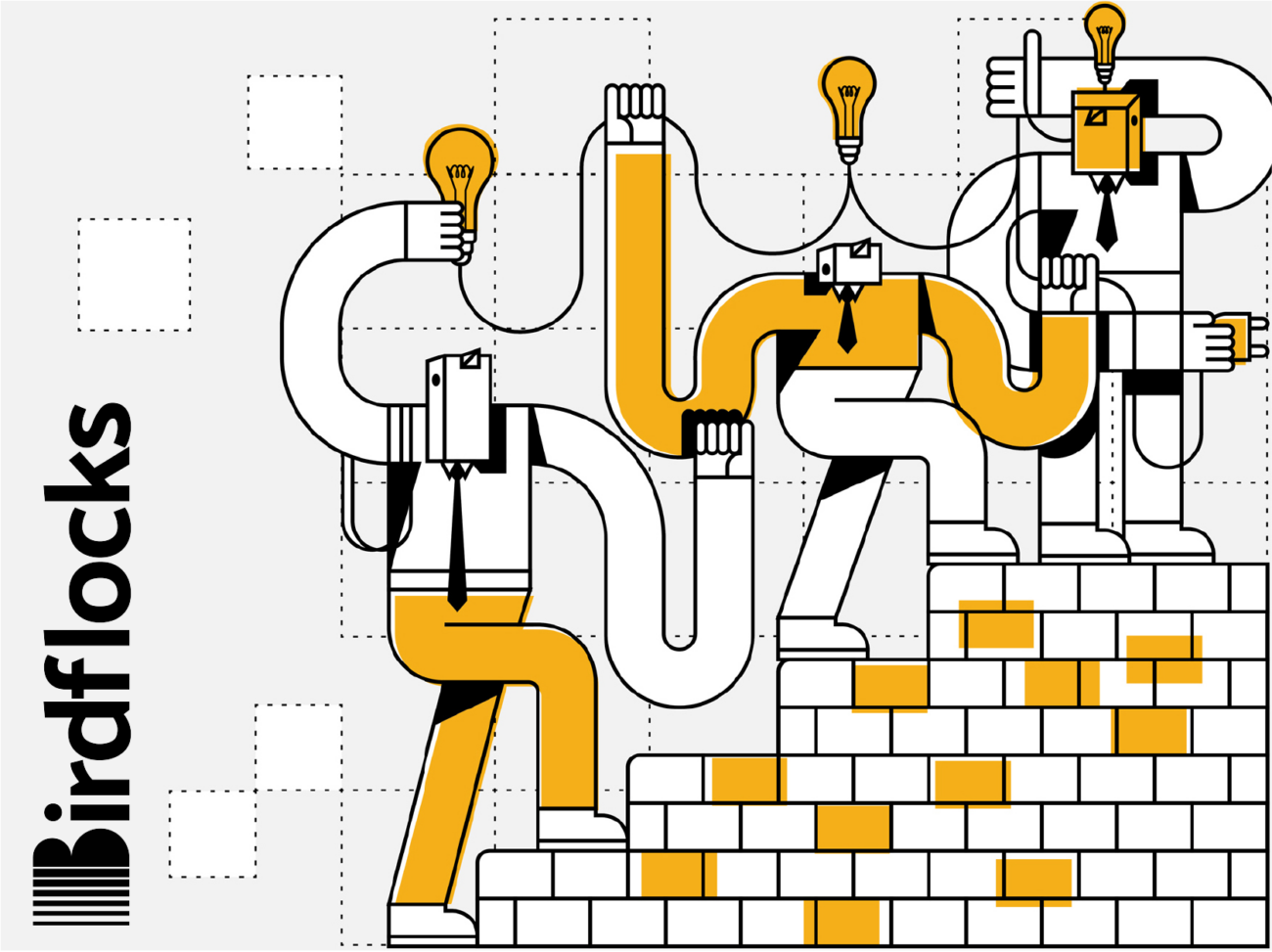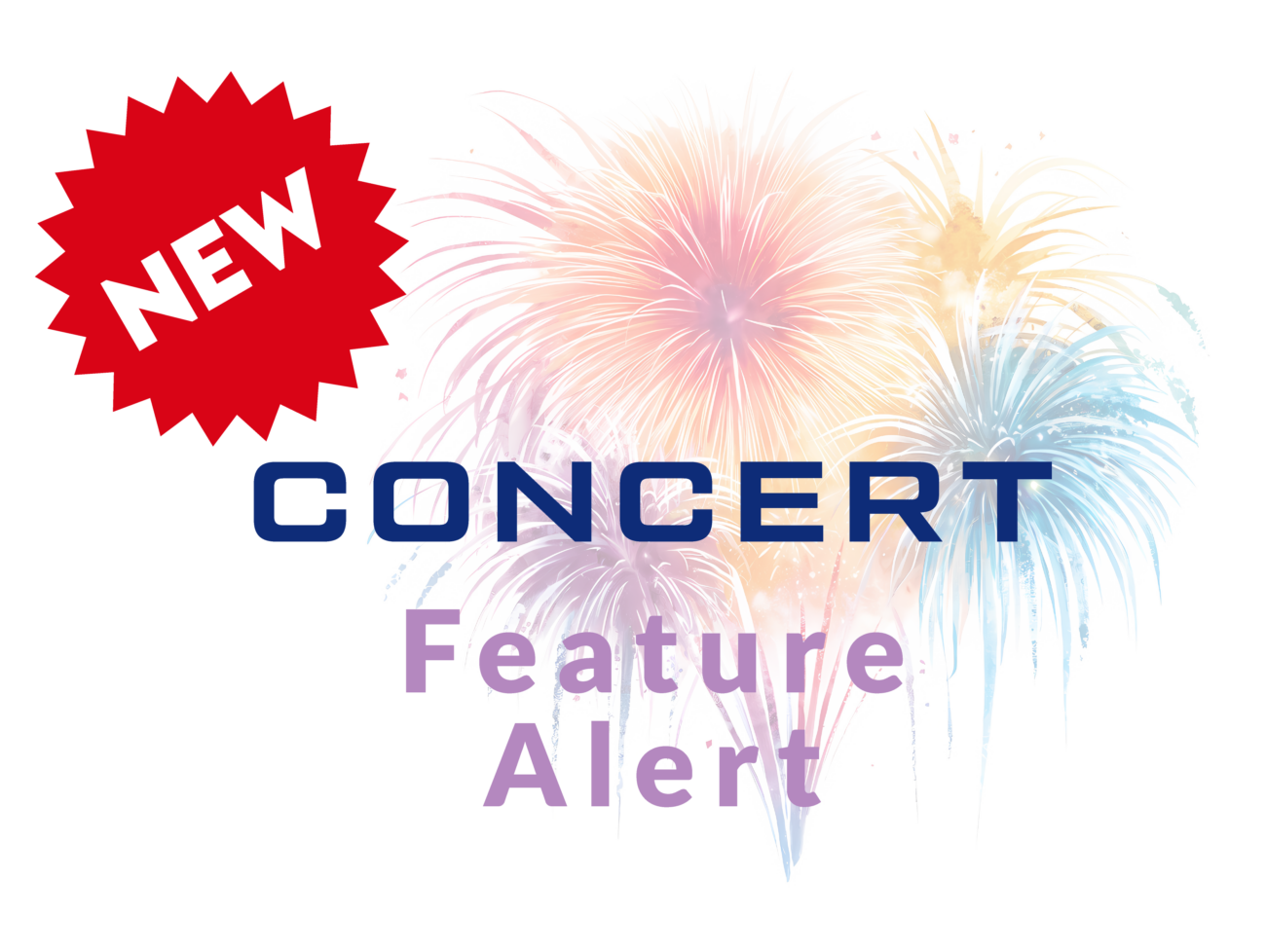By Zach Gentry, Concert CEO
In 2022, AIA Contract Documents (ACD) released new contract templates that enable architects to share their digital design information. This represents a major shift. While architects regularly share their digital work, they have always added contractual caveats that the digital material has no right of reliance.
This should have created quite a splash. Digital workflows are faster, safer, more precise, and easier to modify – in a word, better than plan sheets. Furthermore, digital data, which would necessarily originate with the architect, would afford the architect a lot of new opportunities for growth as digital tools mature and develop. Yet, to our knowledge managing hundreds of projects for dozens of firms, we have seen very little adoption of digital information sharing between architects, contractors and their consultants as part of the design deliverables.
The real challenge is that digital delivery is still in a primitive state. Architects share over 2,000 files per year on an average project, almost exclusively through email. While a more effective model used by other collaborative industries has moved to shared dashboards and exchanges, architects and contractors remain stuck in a rut.
The software industry used to live in a similar rut. Before GitHub, software developers struggled. Version control systems like Subversion were commonly used, but they required the developer to check out the code to work on it, which created bottlenecks and overlaps. Developers would often email “patch and diff” files to one another in a process that lacked transparency and made it impossible to trace authorship.
GitHub introduced several key innovations that drastically changed how developers collaborate. Version control was distributed so that each developer had a full copy of the codebase, enabling easier branching, merging, and reduced conflict. Authorization and issue tracking were centralized so that teams across the world could track bugs, feature requests, and discussion points in one centralized place. The impact was profound. Developers could build on each other’s work, leading to rapid innovation and growth in technologies. Teams could integrate with new tools to facilitate continuous improvement.
How does this map to the design & construction industry?
Some elements of Github make sense for design and construction workflows, and some don’t. For example, in software development, code is the output. Developers may specialize but they are all contributing code. In design and construction, contributors have massively different roles. For example, architects look at a model through the eyes of possibility; contractors, through the eyes of practicality – evaluating budget, supply-chain and schedule. Effective collaboration does not need to splice in code in the same way software developers do. But there is absolutely a need for strong version control to track changes to the canonical model.
The other important aspect of this is that they both need authorization mechanisms to ensure that people don’t make arbitrary changes to the outcome. That leads to the need for an issue-tracking system like GitHub. This can be a place for people with different roles to add their perspectives on a shared data thread with real-time queries and real-time answers.
At Concert, we’re enabling the design and construction industry to move beyond email, eliminating its inherent risks, latency, and management deficiencies. We share this journey with forward-thinking people in the industry and look forward to sharing it with you.





